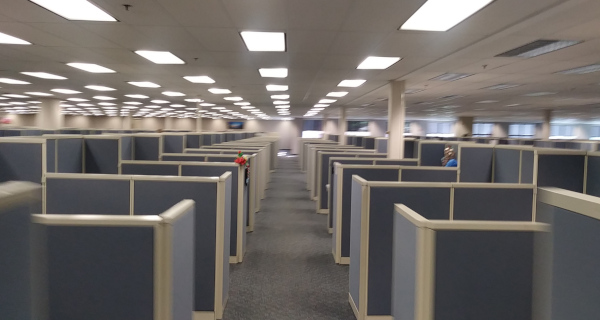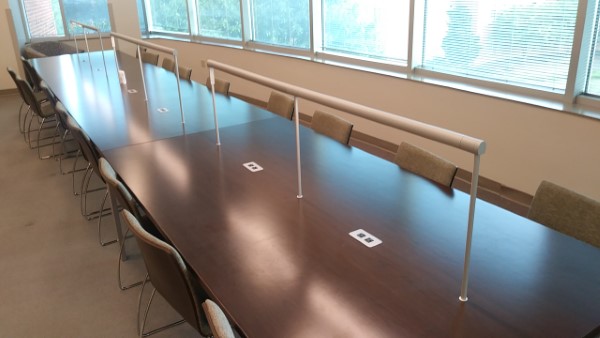
Some people who have been cooped up at home for over a year are now returning to the office. For some, this is a relief, while for others it will take readjusting to this latest “new normal” all over again. In my latest book, Avoiding Managerial Mistakes, Missteps & Misunderstandings: The Essential Guide for All Managers, I addressed many obstacles managers face when leading a team.
The book was to be released in the early stages of the pandemic, so I knew it would be important to include a section on leading those who will now work from a distance. In it, I describe what I call the “Four C’s of Remote Management.” Commit to the online process, and provide Clarity as to what everyone else is working on and their responsibilities. Make a true Connection with your people, not just during conference calls, and overall, realize that effective Communication is more important now than ever.
During the pandemic, we would lose a very important facet of that communication: “propinquity.” It’s the relationship of those near one another; kinship. More than proximity, though, it is how we are psychologically affected by the presence of others. It’s the difference between watching a movie and experiencing the story line in real life. Propinquity establishes the relationship that spurs collaboration between two or more people, and that’s something difficult to duplicate online.

Granted, if working online is more of a convenience like those in IT or working on a long-term research project, and possibly if all team members speak Klingon, remote interaction may be preferred. Most of these people are probably contract workers in the first place. But that is not how most humans wish to interact. In fact, when it comes to providing quality work, it’s not ideal.
You cannot take an employee who was a project manager a year ago, accustomed to sitting at a conference table with half a dozen colleagues, and tell him or her to “just do everything remotely now.” Innovation and collaboration are dependent upon the sharing of ideas and seeking the understanding of others. It forces one to think like those colleagues.
Through the pandemic, management did the best it could to deal with distanced employees. Most who swore off the idea of working remotely years ago now had no choice. But those employees also had an established relationship with their bosses and realized this arrangement would be temporary. In general, team members dealt with the situation the very best they could, though they knew it may have been above and beyond their job description.
It was at this time the non-retail organizations realized they could be productive with a much smaller work area. Not every employee needs a private office when a public work area would be just as effective. This is something insurance companies and real estate brokerages figured out over a decade ago. Our technology allows us to be more mobile. Many businesses will now pare down the physical footprint of their offices. Why have a large bullpen when a conference room works just as well? The additional square footage is now deemed . . . non-essential.

Remote or hybrid working is here to stay! More than likely, many employees will be expected to show up once or twice a week while the planning sessions and other meetings of a department will be scheduled around those days.
This is now a deciding factor for new hires. Remote working will now be the most pronounced facet of corporate culture. In the past, interviewees have asked such questions as “how often will I work nights and weekends?”, “how much travel is involved?” or even “what’s the food like in the cafeteria?” Now, the first question from many exploring a job opportunity will be “how many days will I need to come into the office?”
Out of sight is out of mind. When things go wrong, more than likely someone on the premises will blame the online personnel. Office politics will unfortunately always be part of any corporate culture, whether online or in person. Managers are more likely to believe the story of a near-distance team member due to . . . propinquity.
When America returns to the workforce in full, a lot will have changed. The colleagues we looked forward to interacting with may be gone. The boss may be gone. There very well may be a lot of new faces, though, as well as people who took advantage of the pandemic to work for a competitor or change industries altogether. Not everything will be in its proper place, so don’t expect it to be. The office may be smaller, and we might not go into it every day anyway. This will yet again be another new normal and we will have to learn to adapt all over again.













